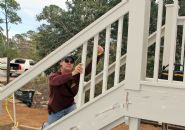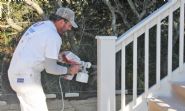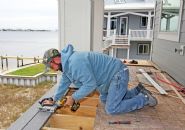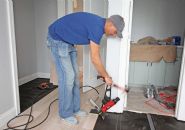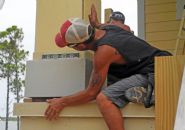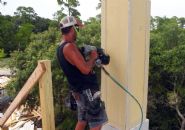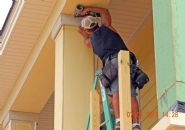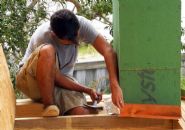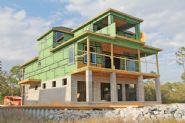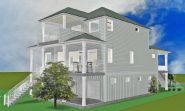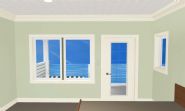
Gallery Of Homes: Simmons

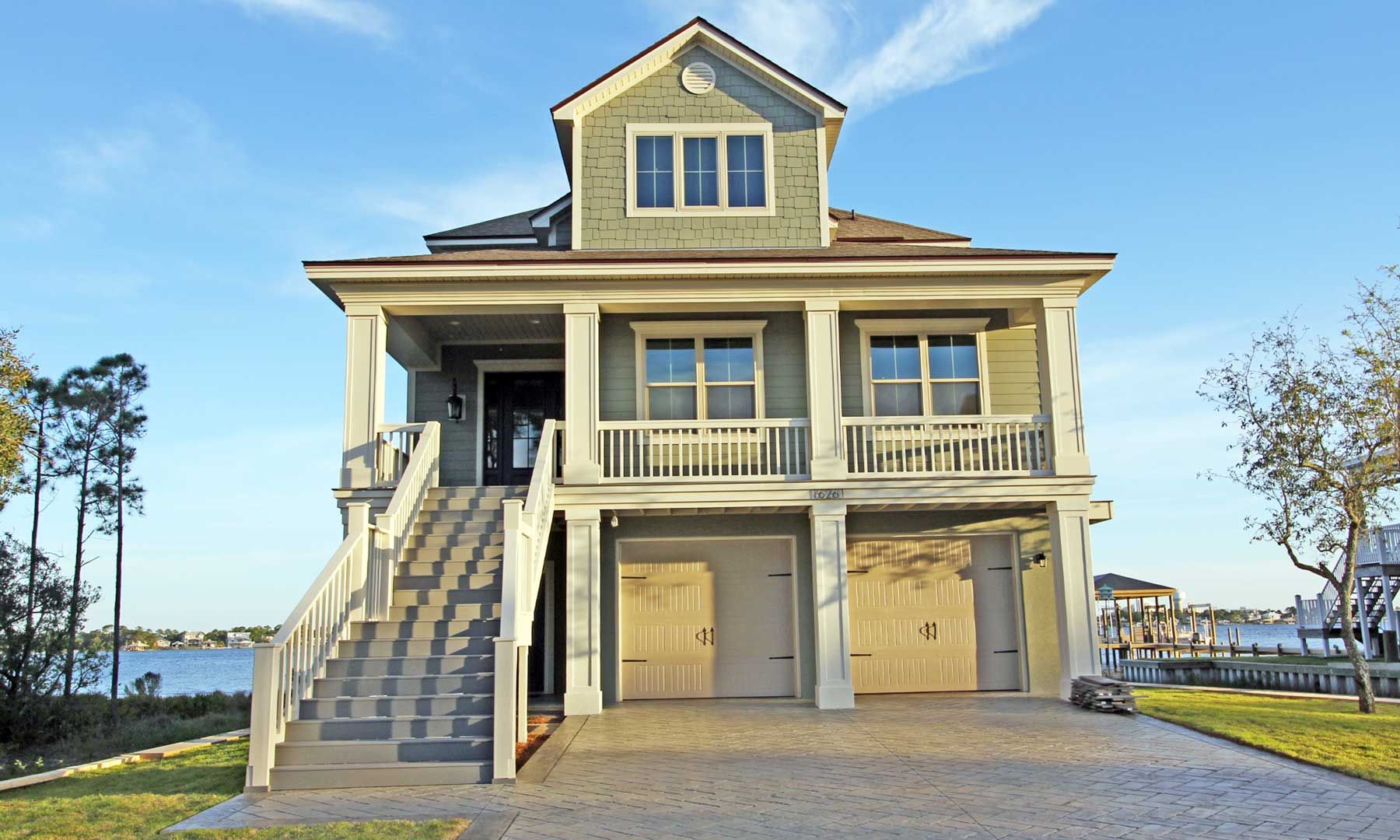
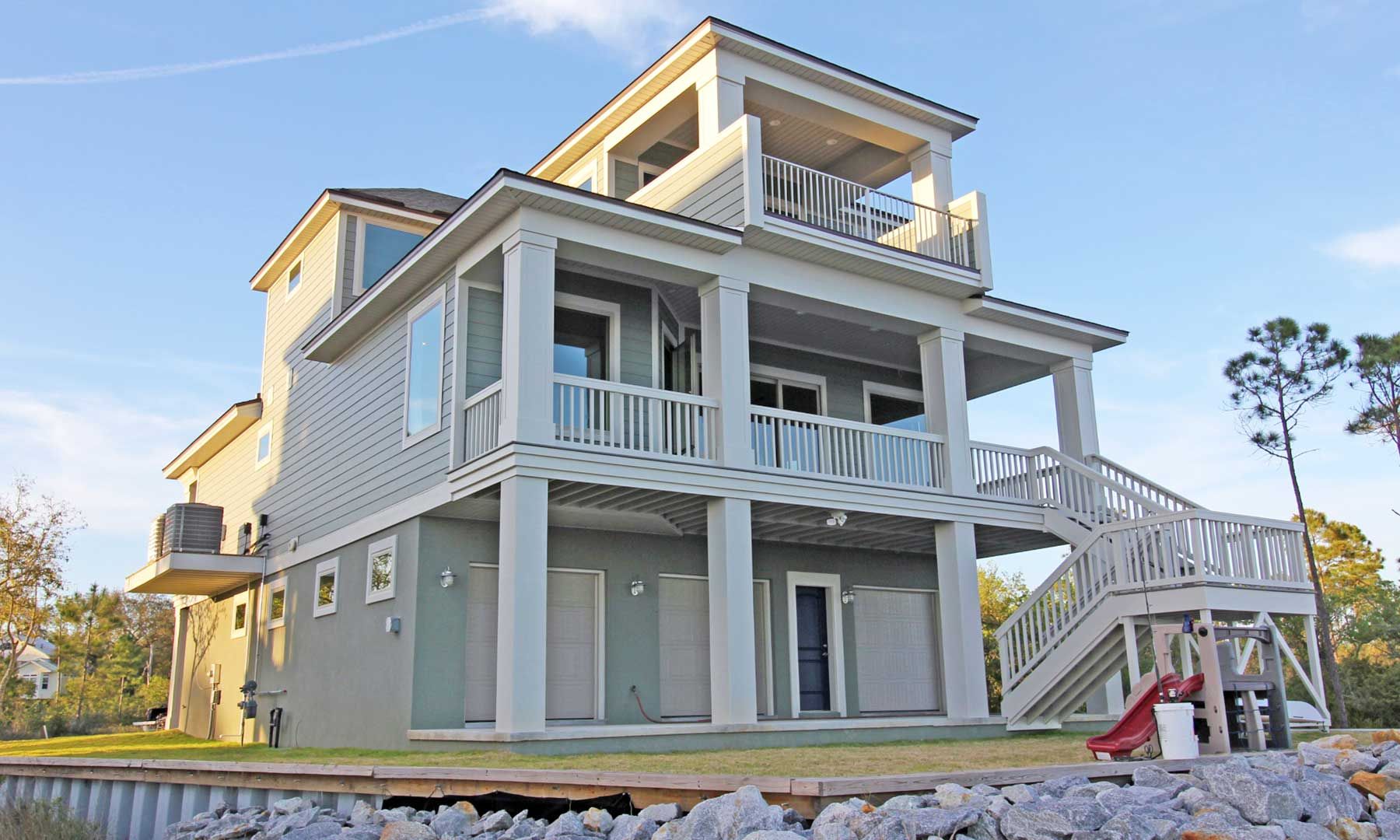
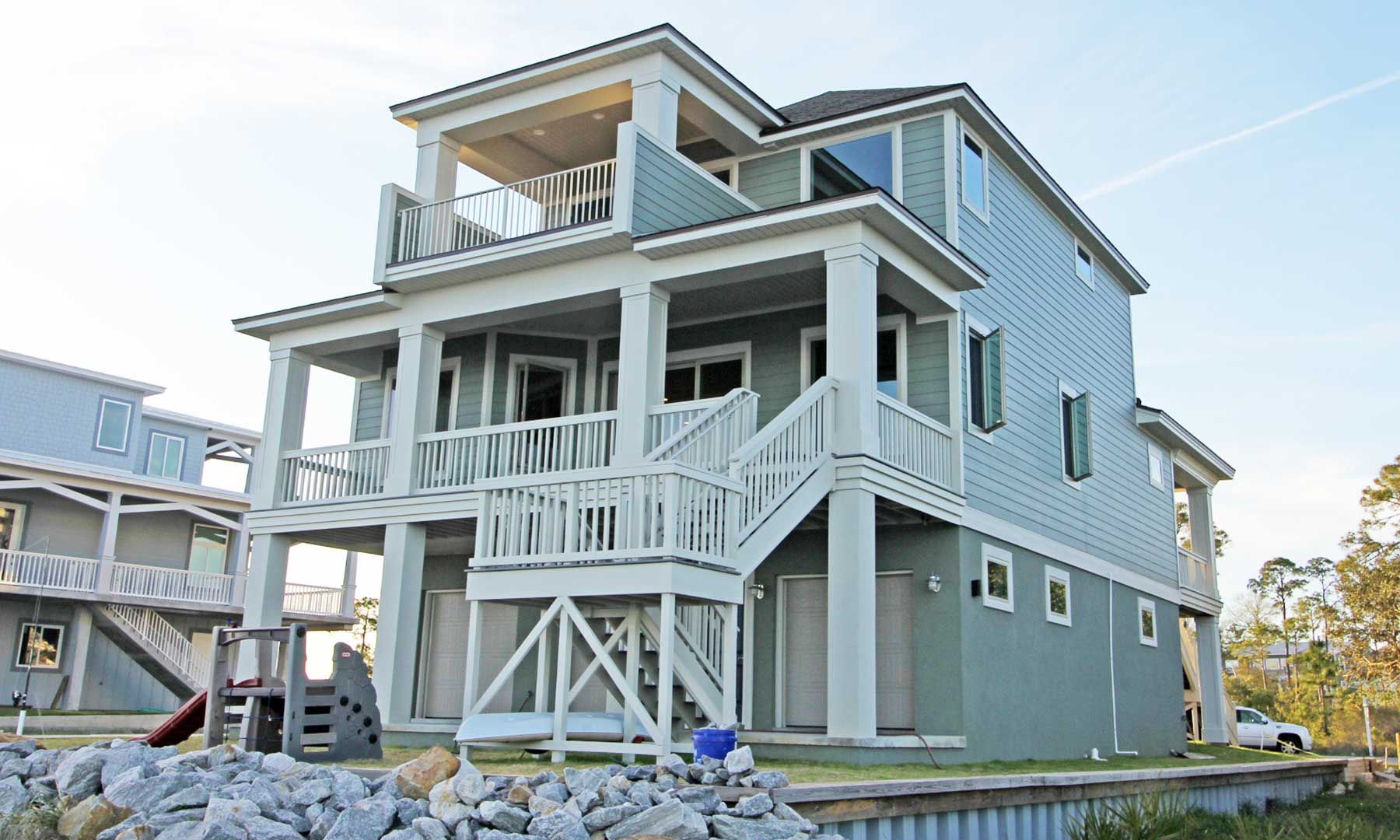

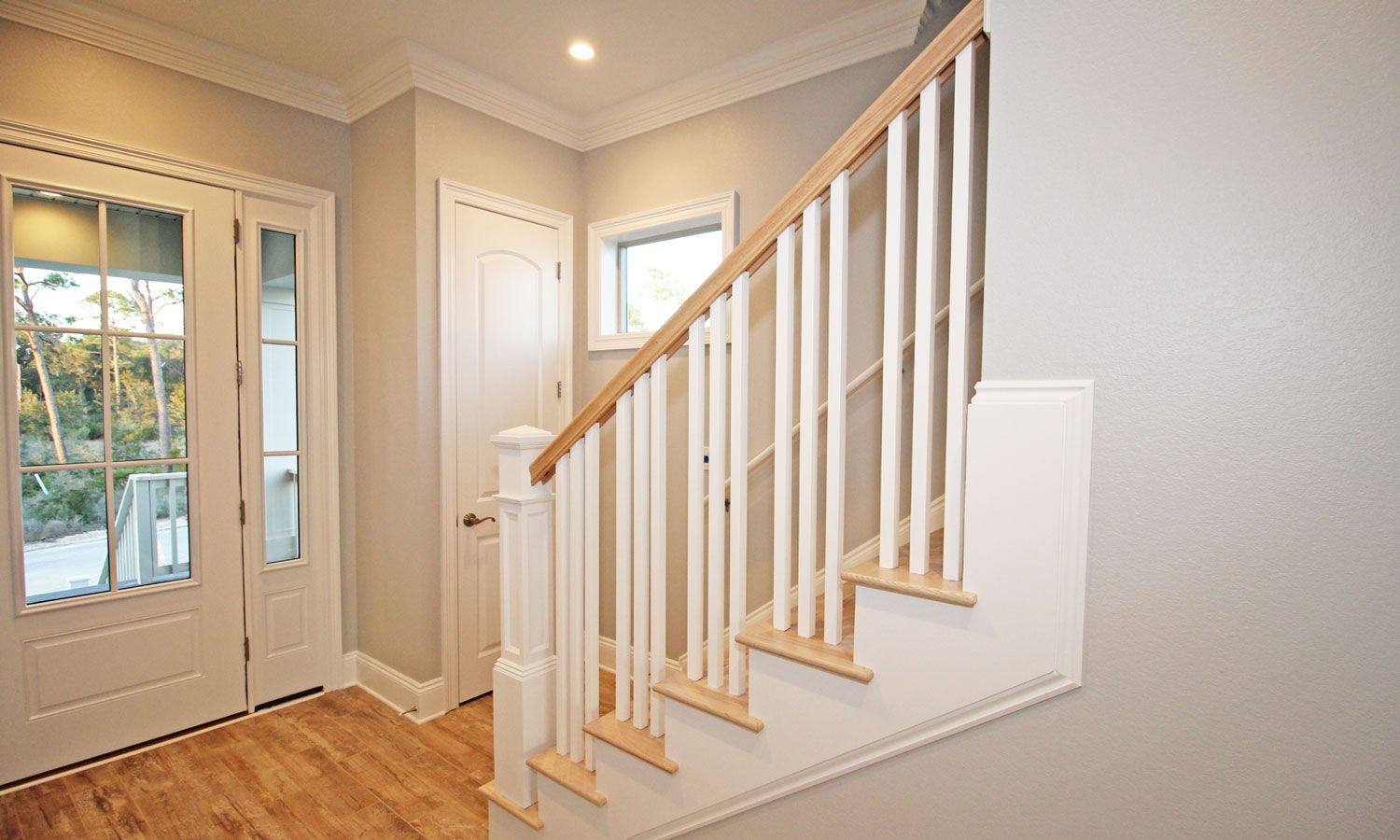
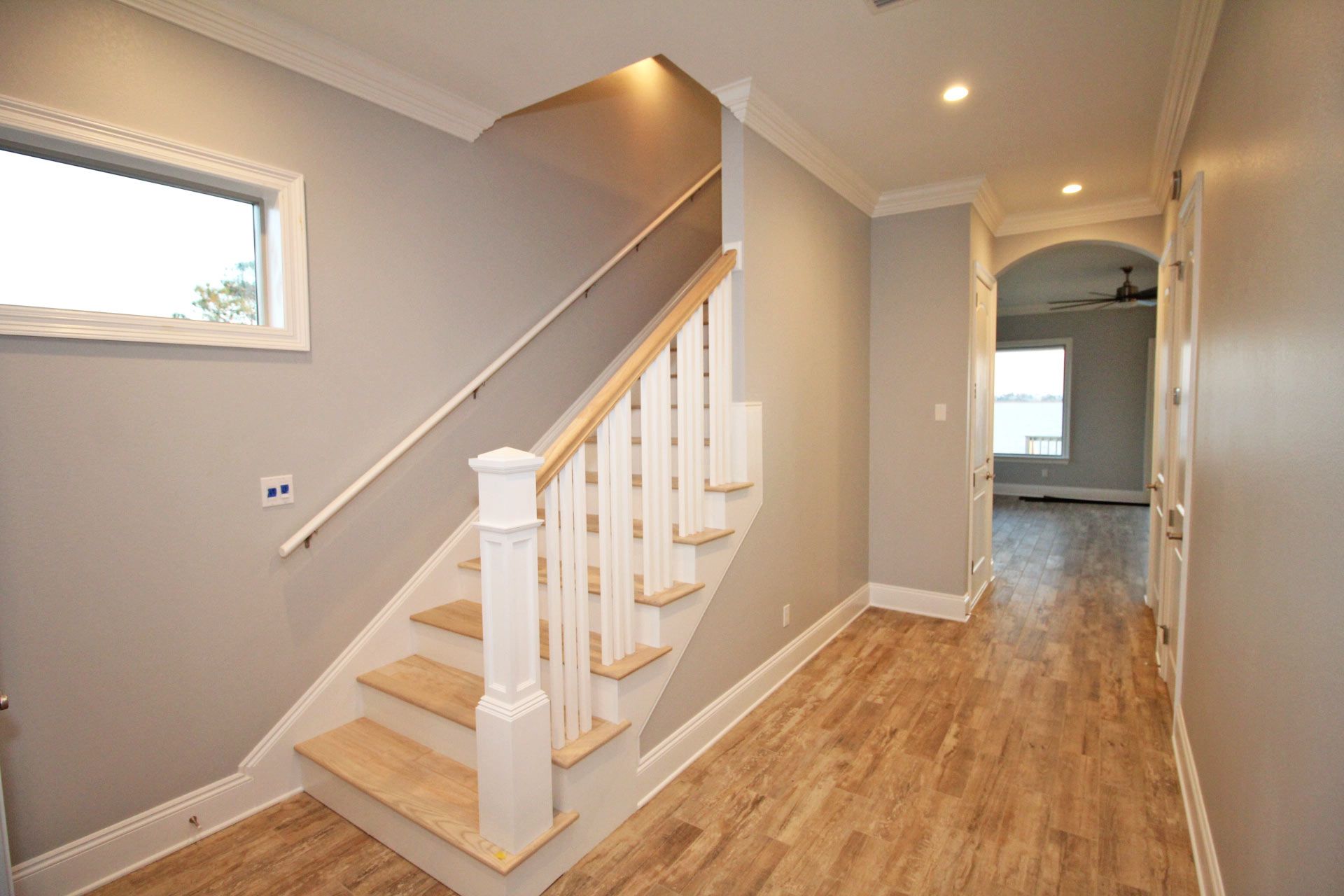
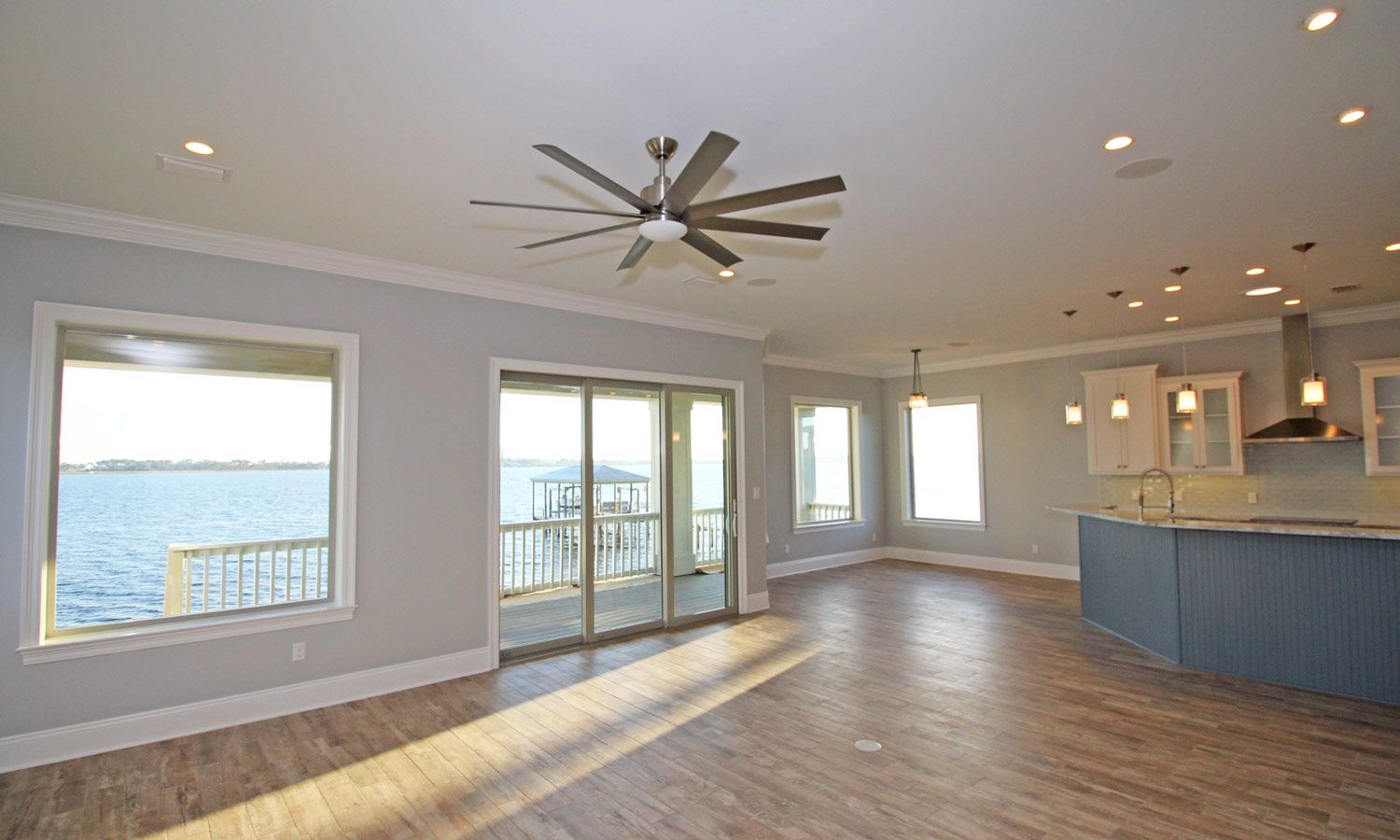



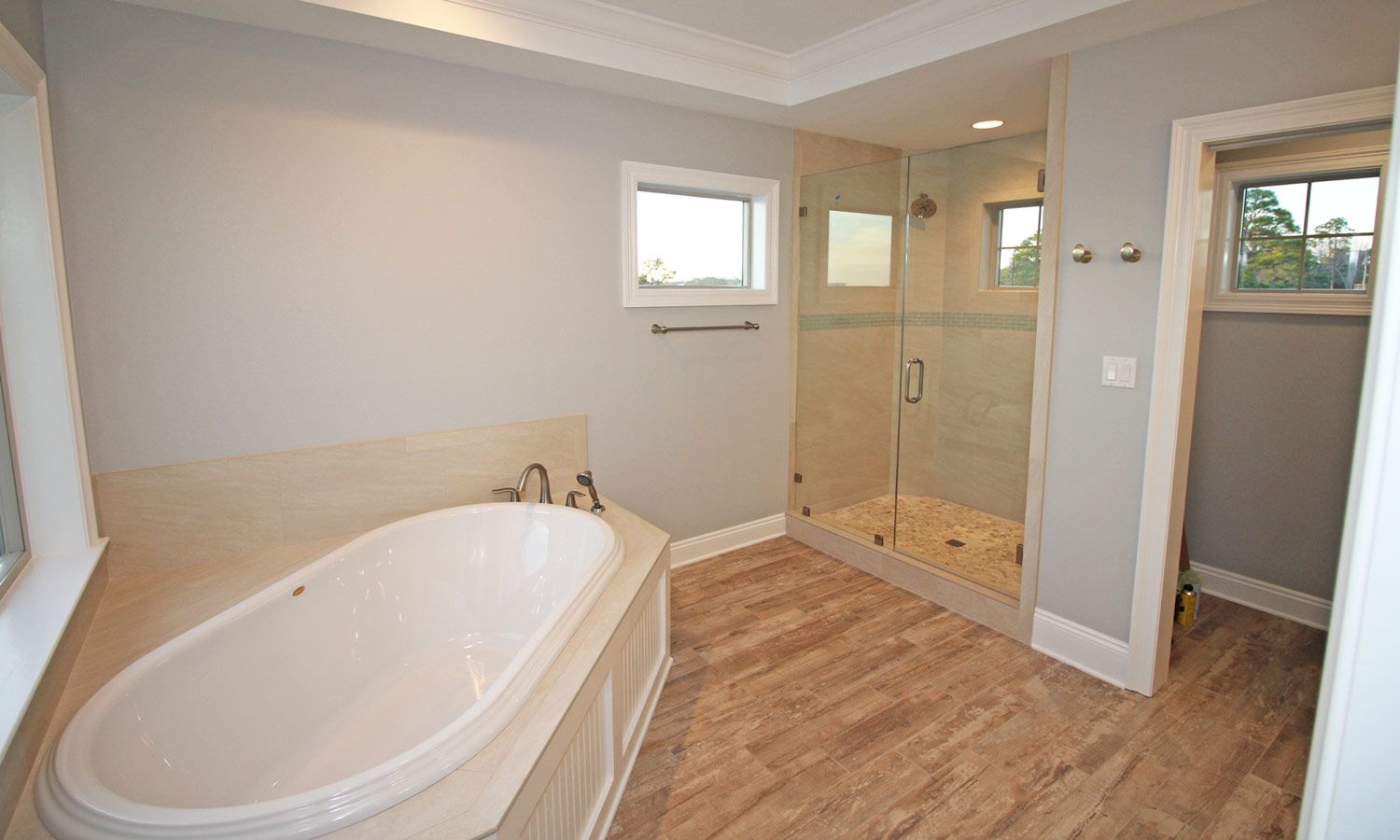



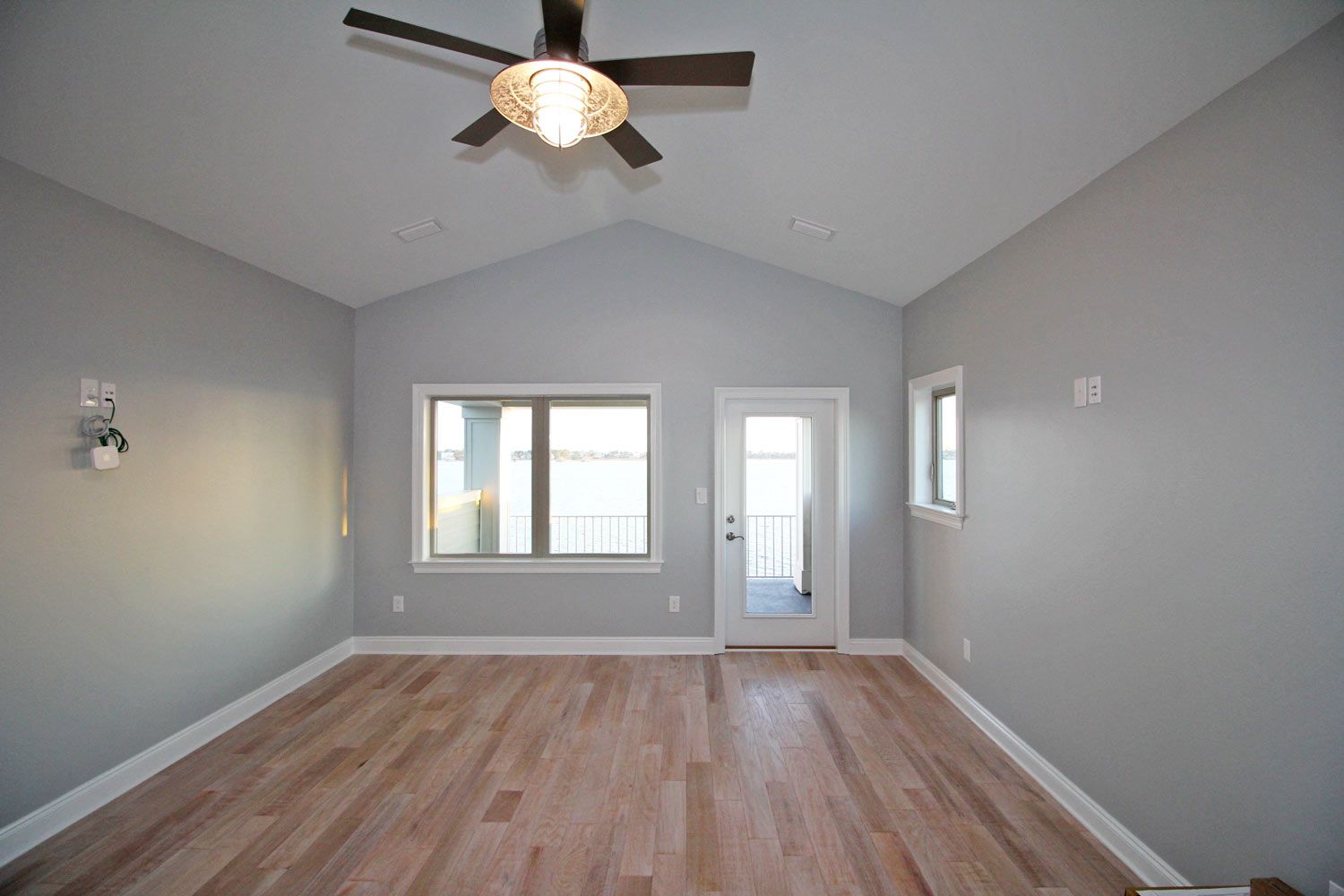
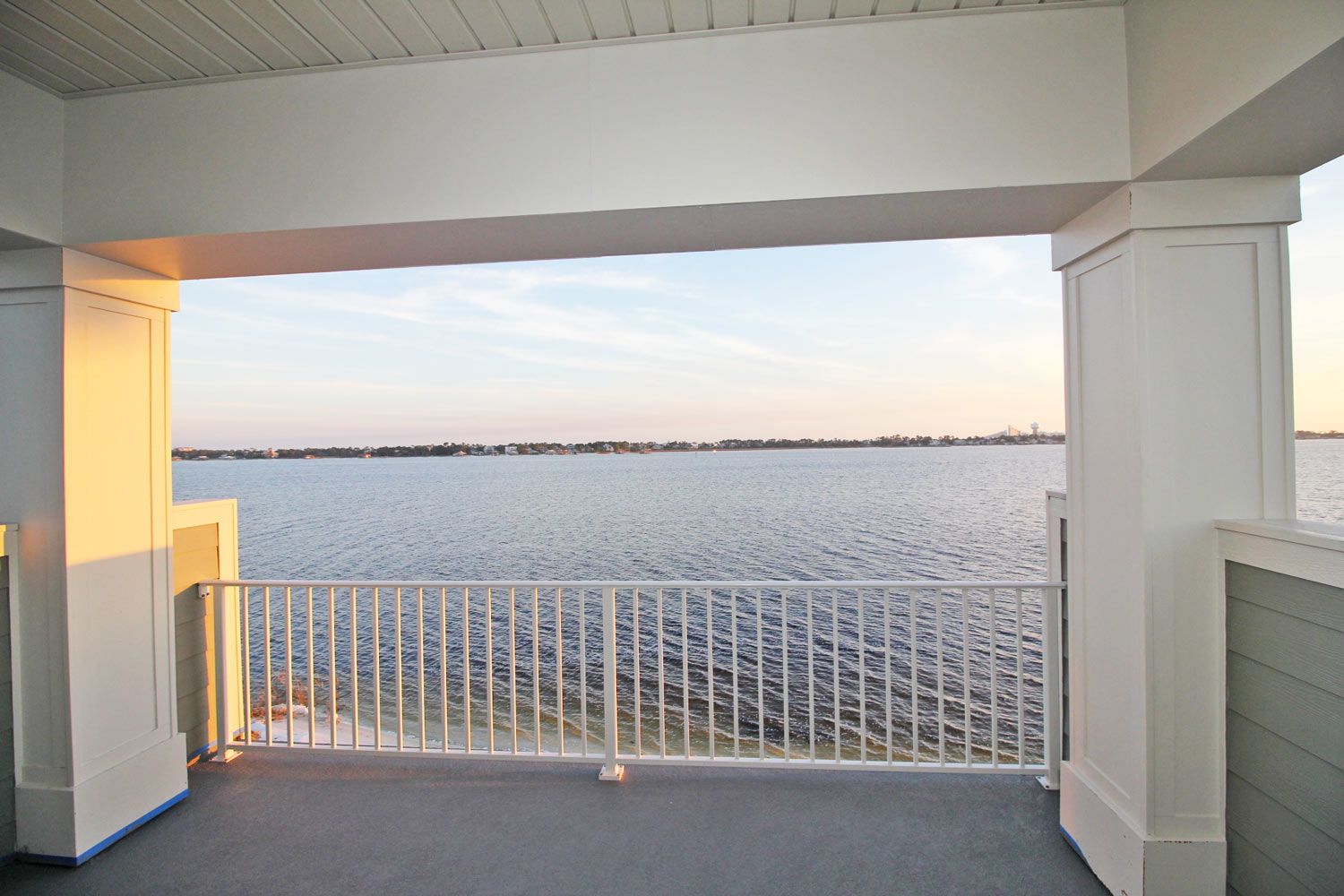


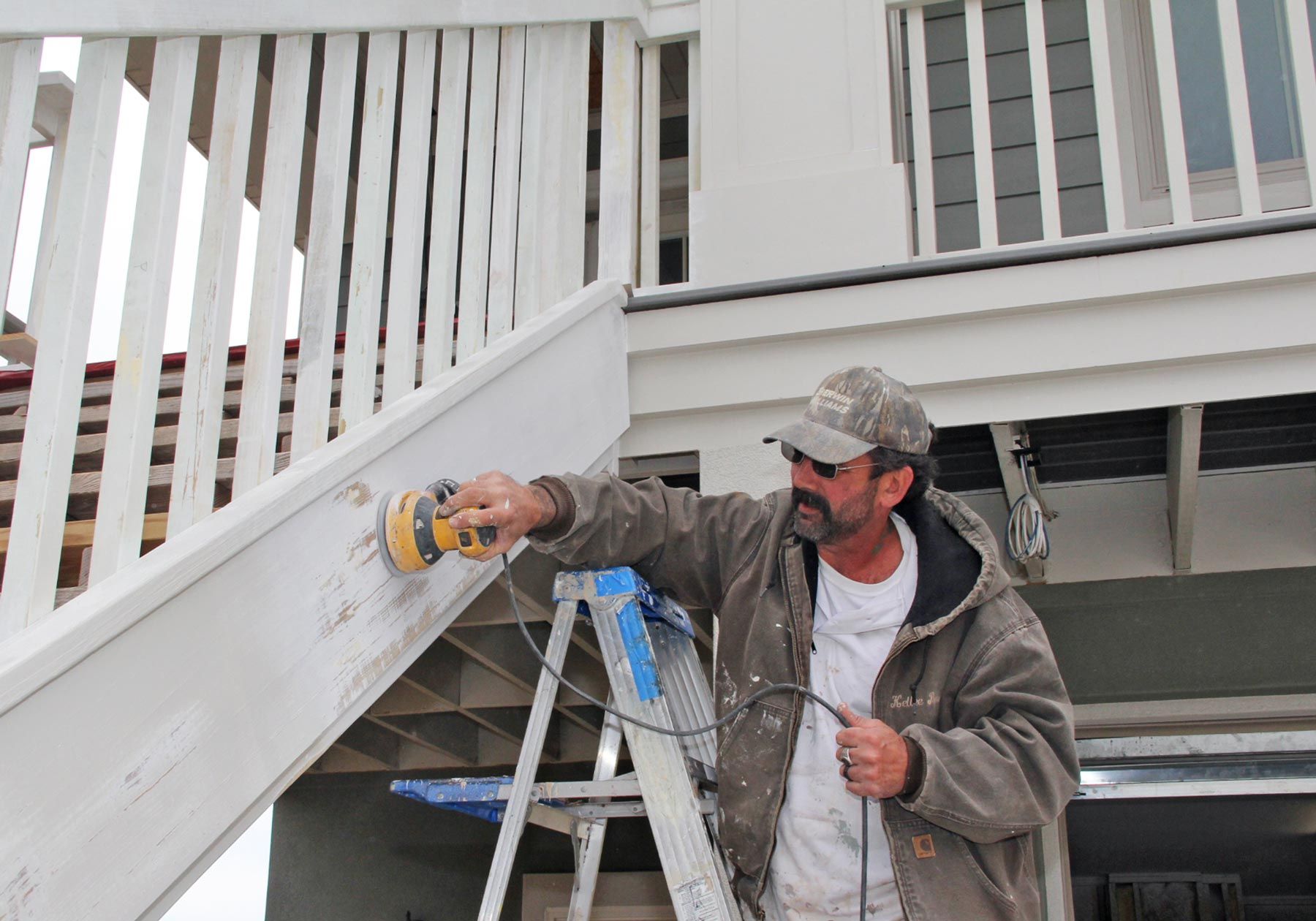
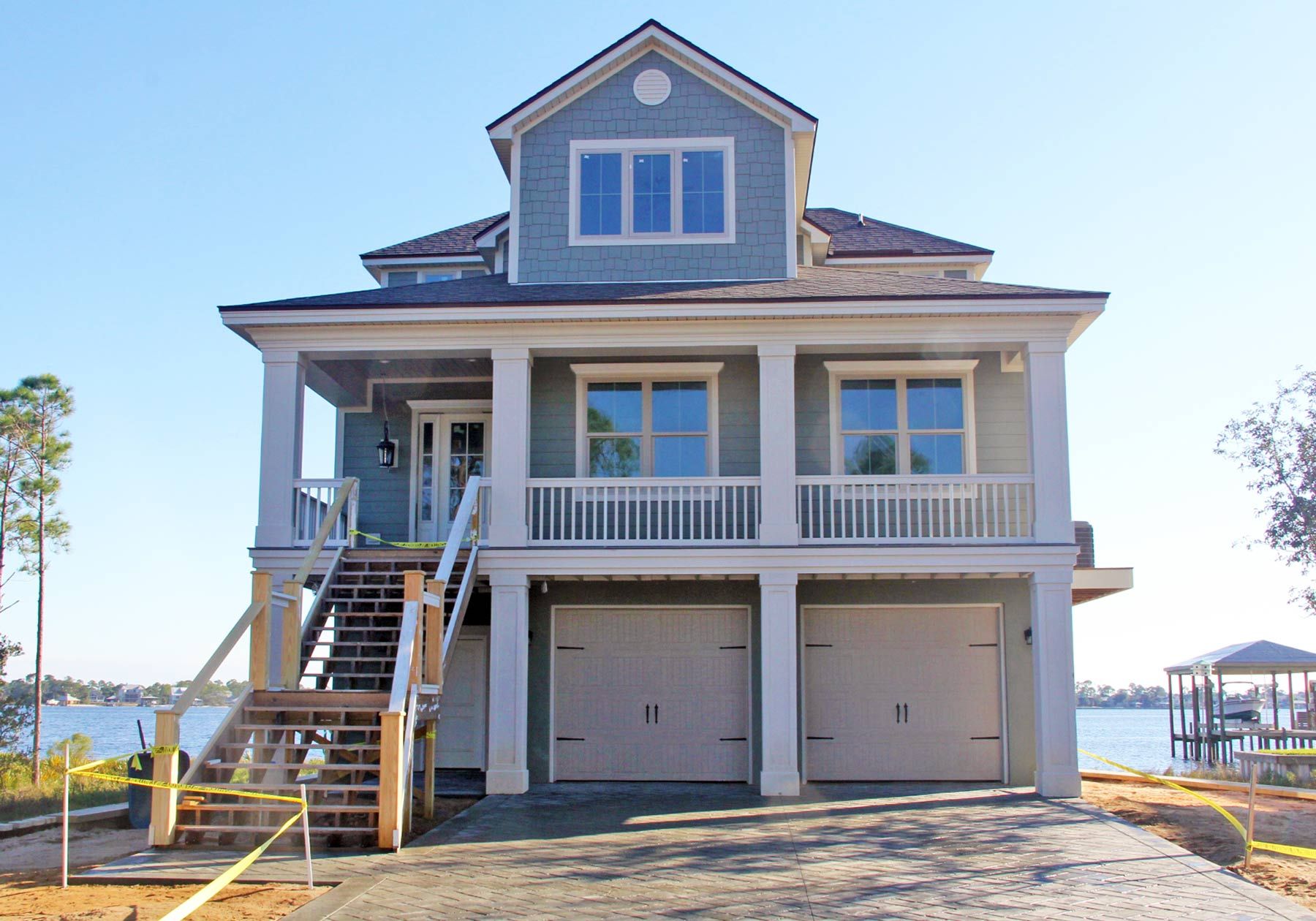

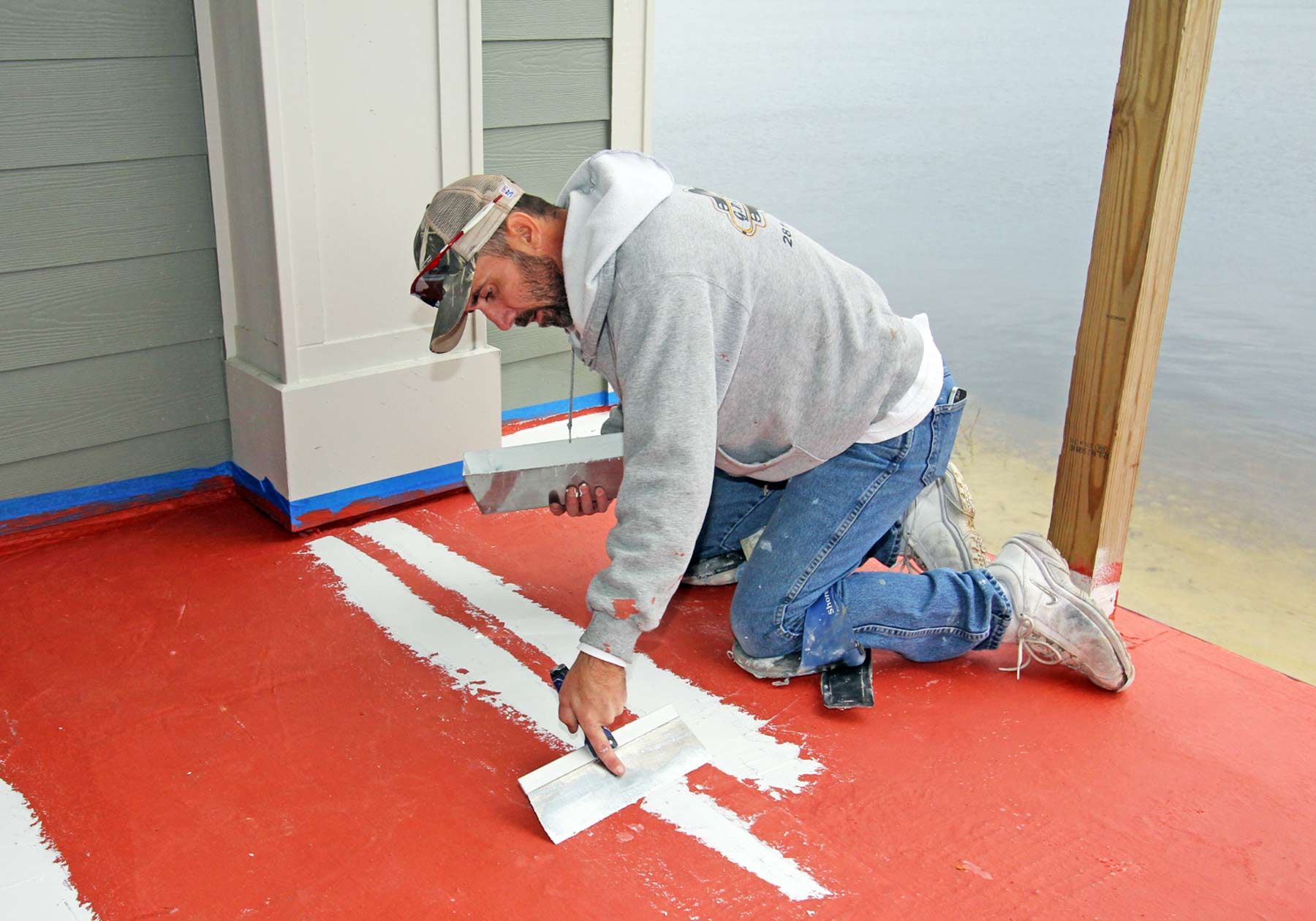

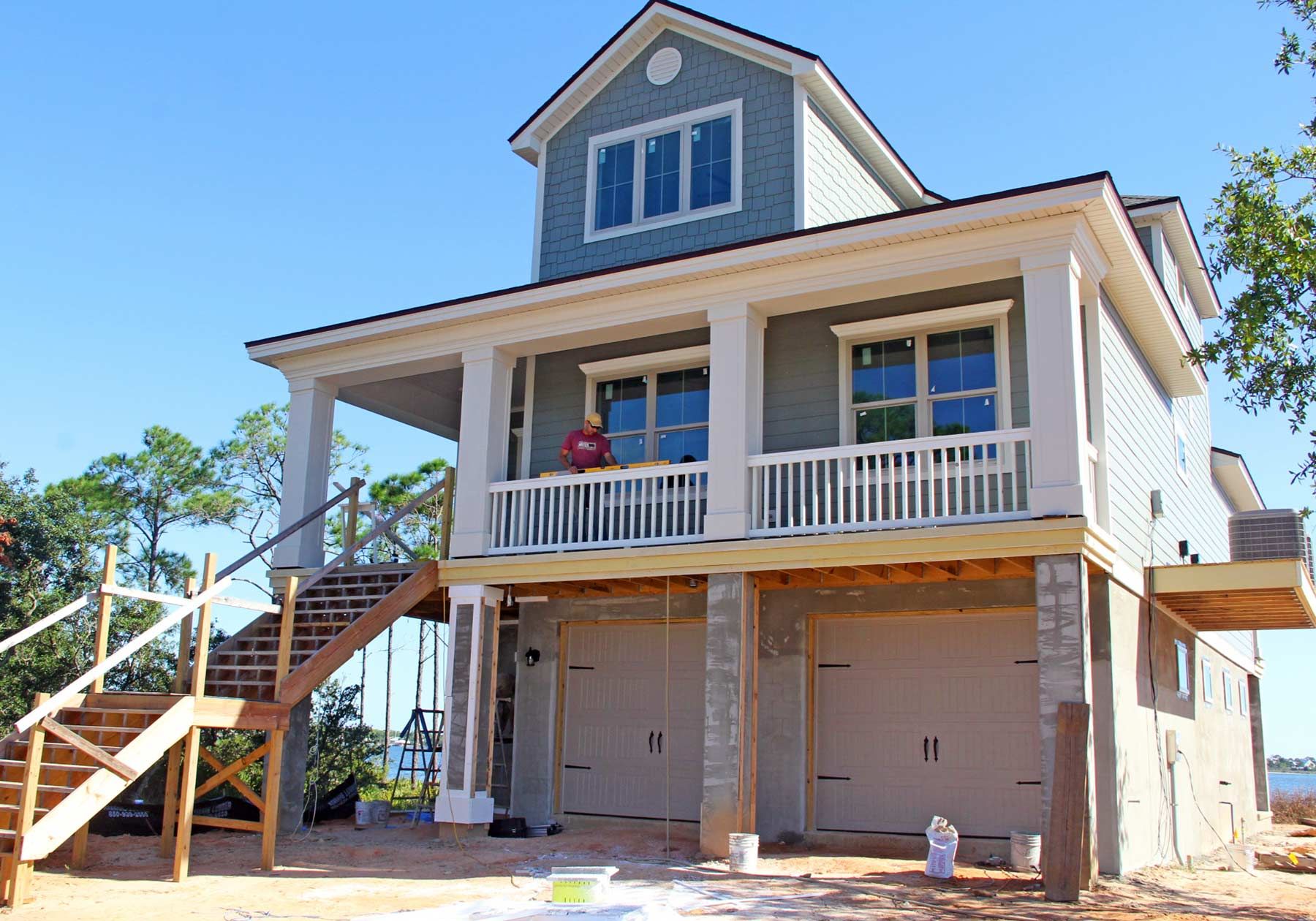
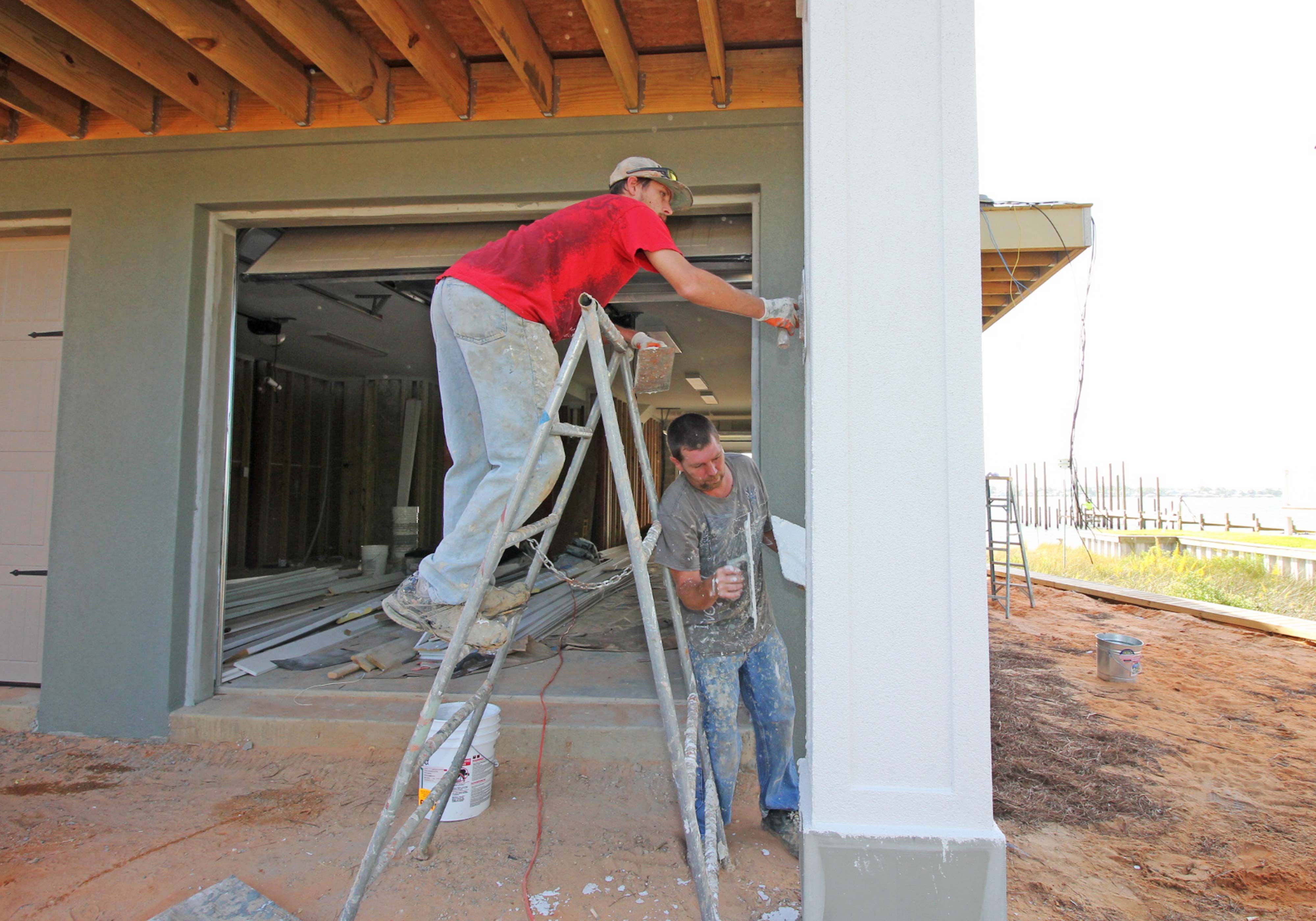

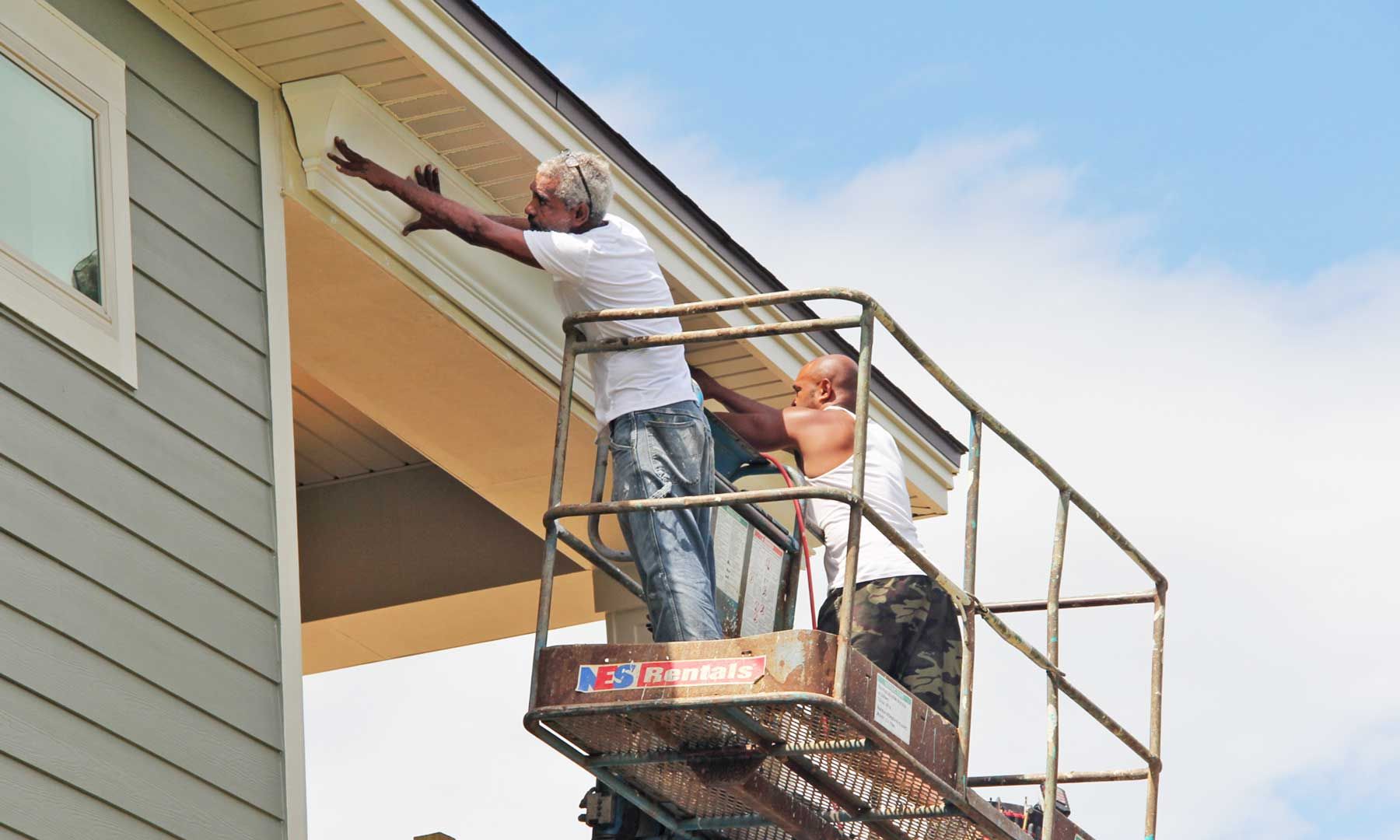



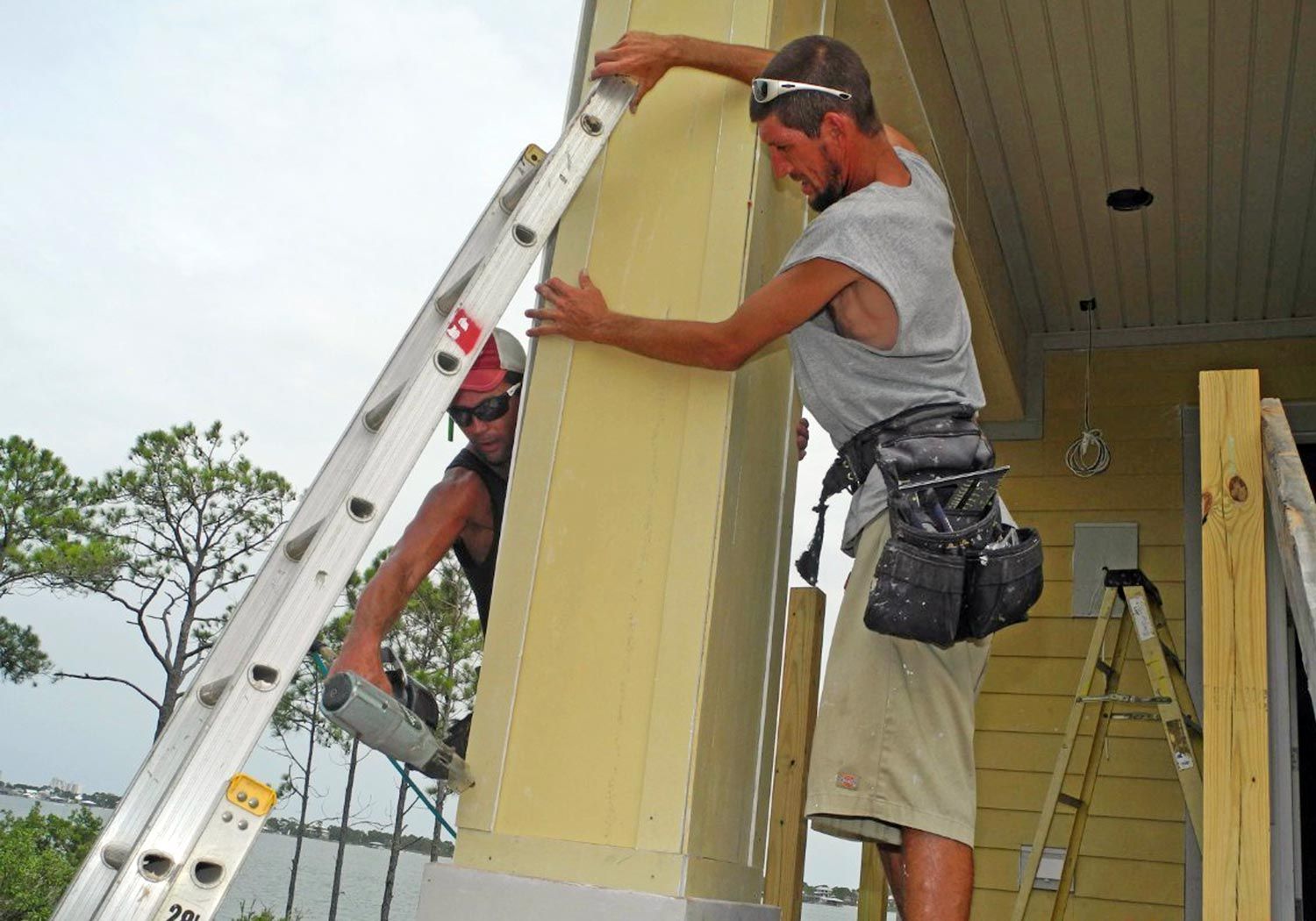



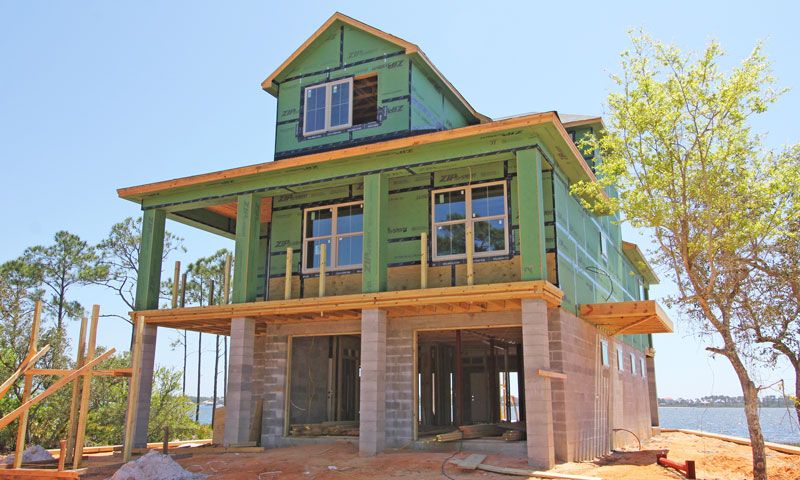
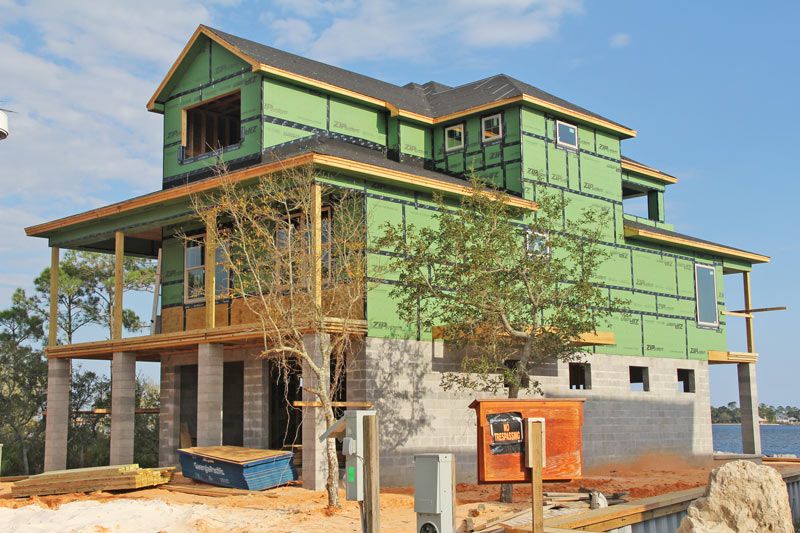

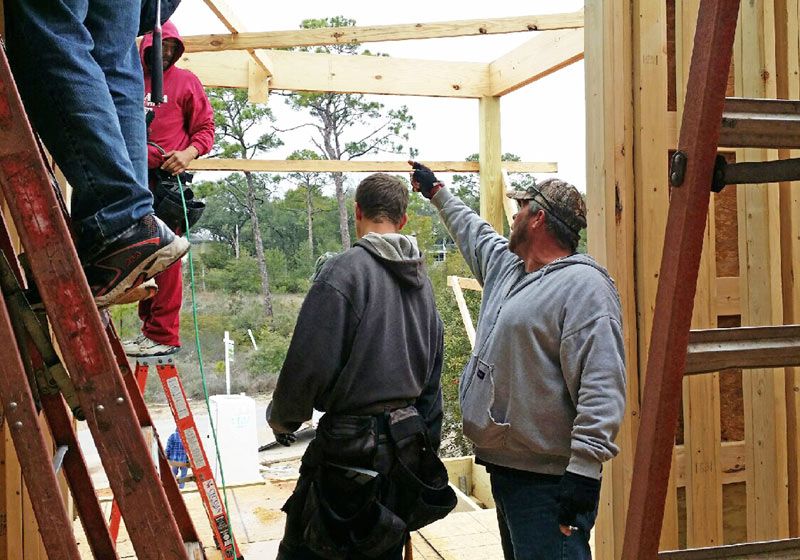
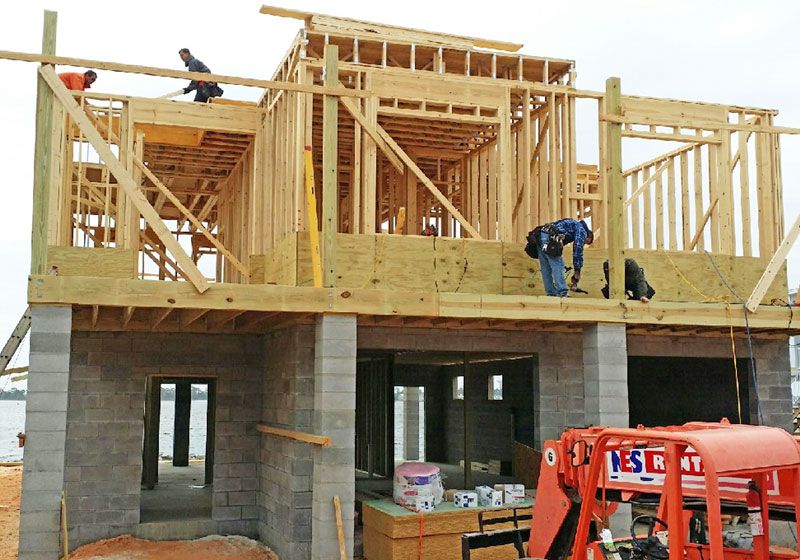
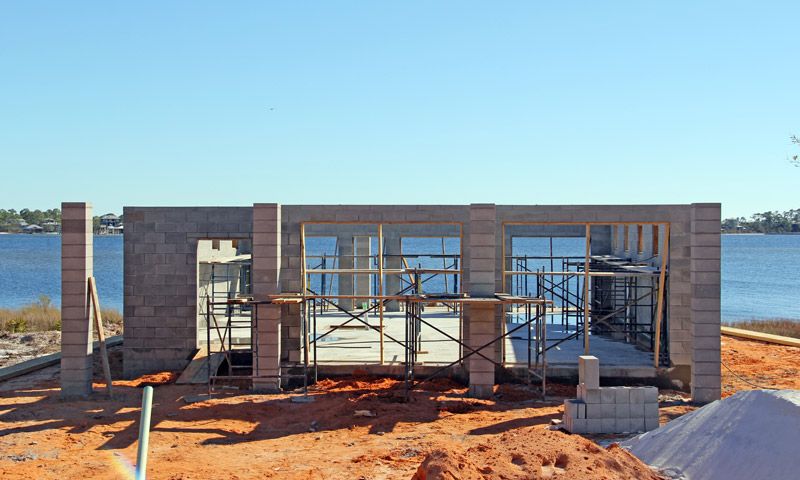
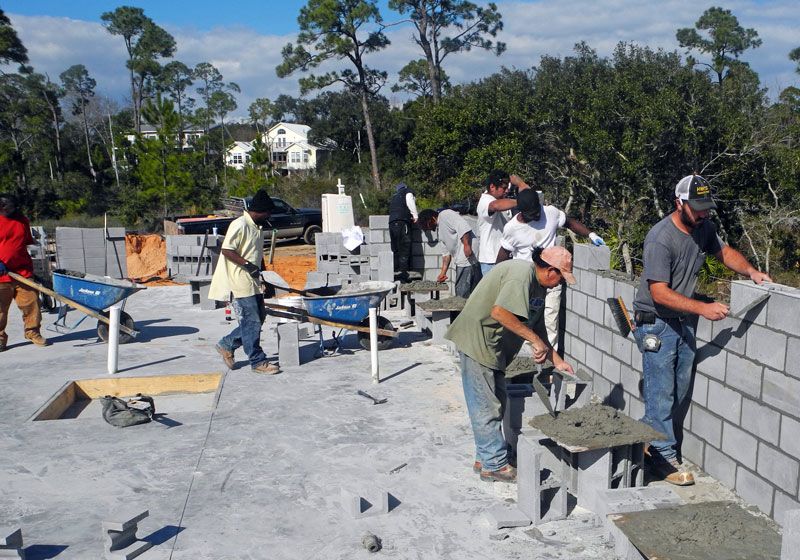
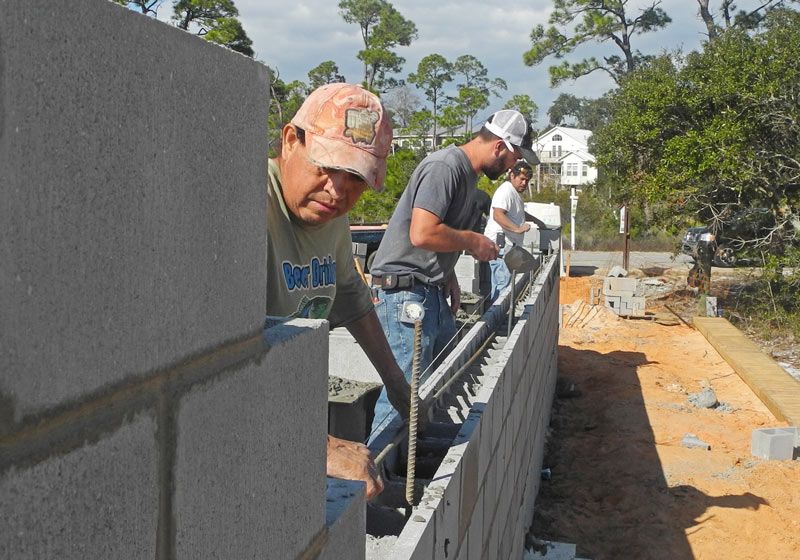
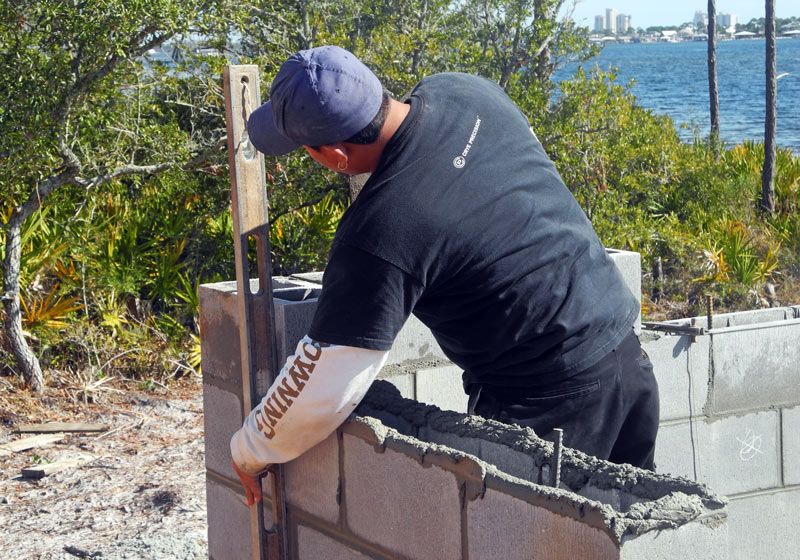
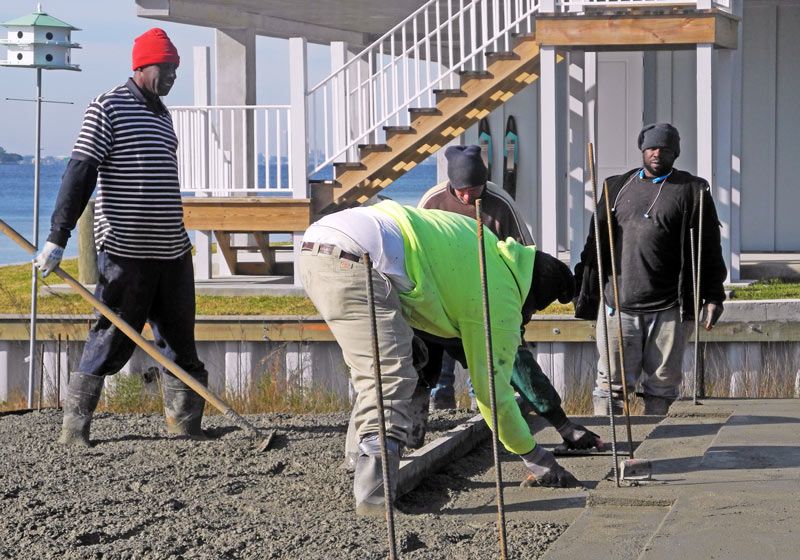
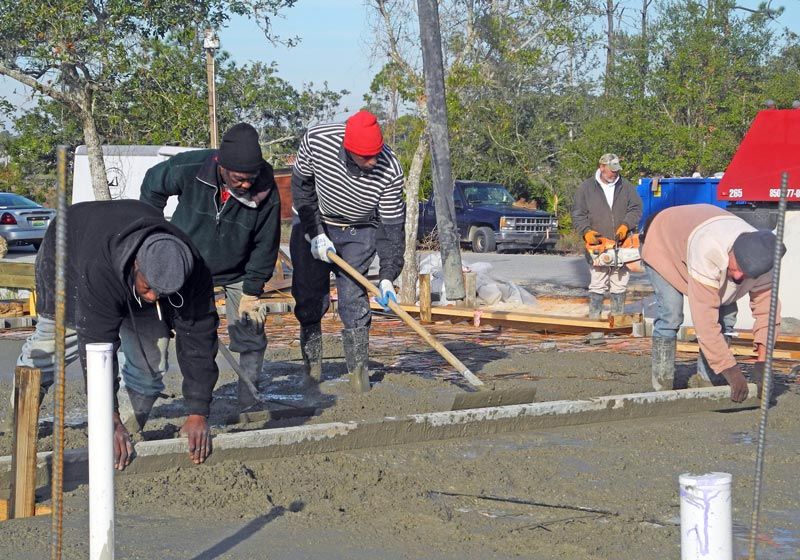


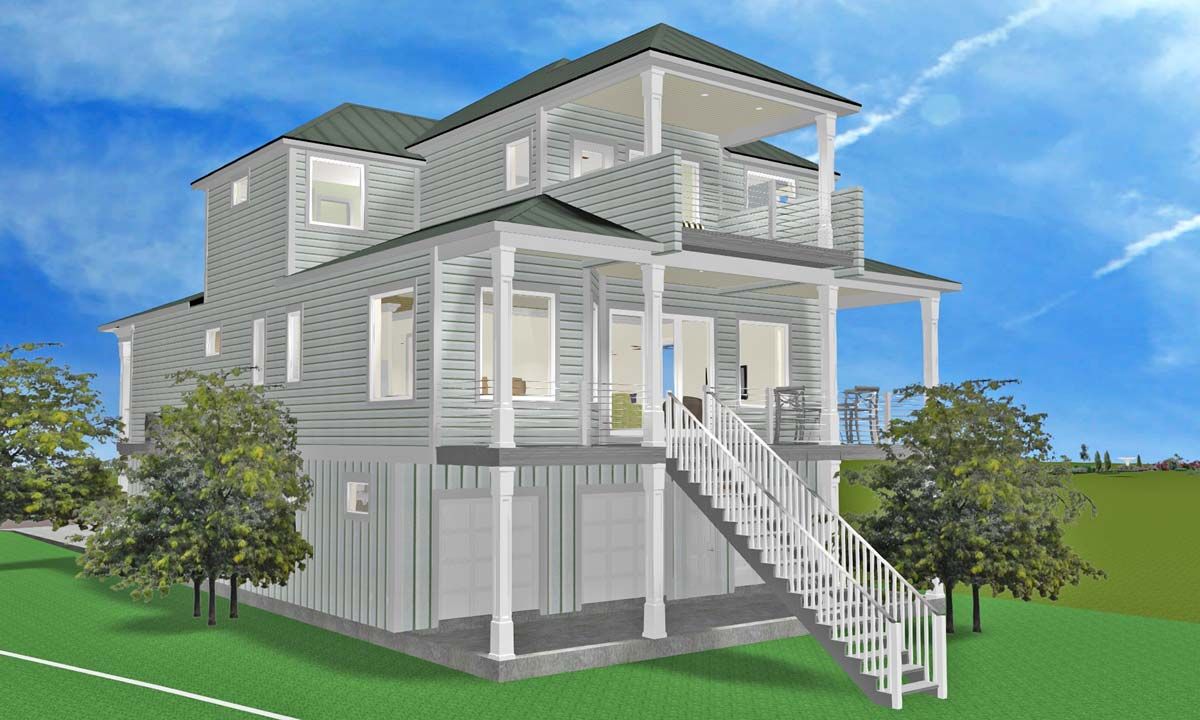






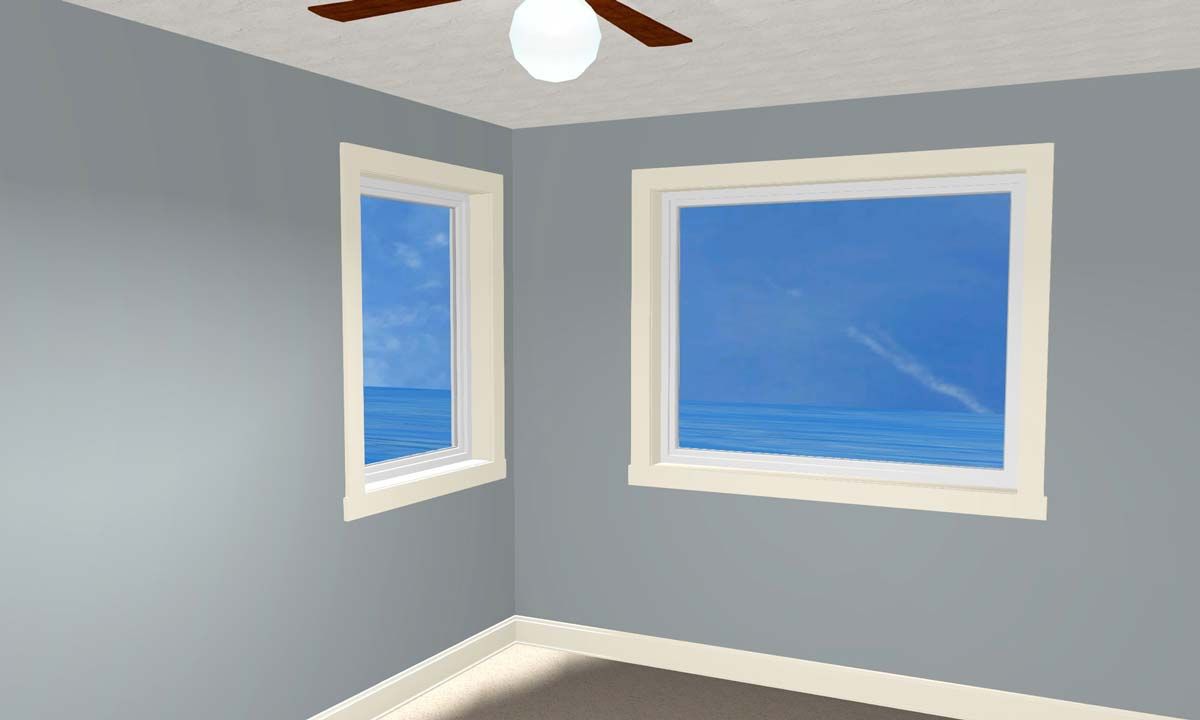

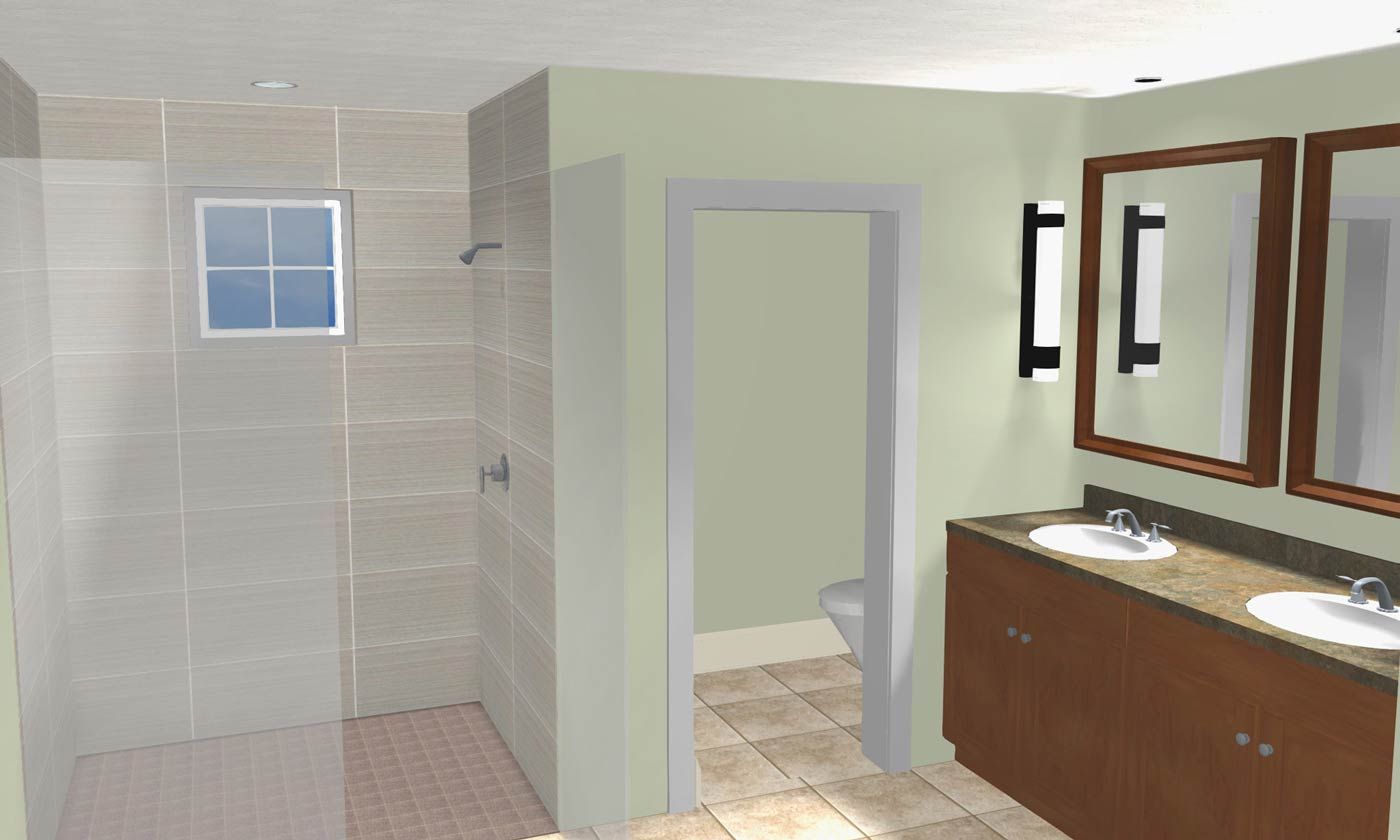
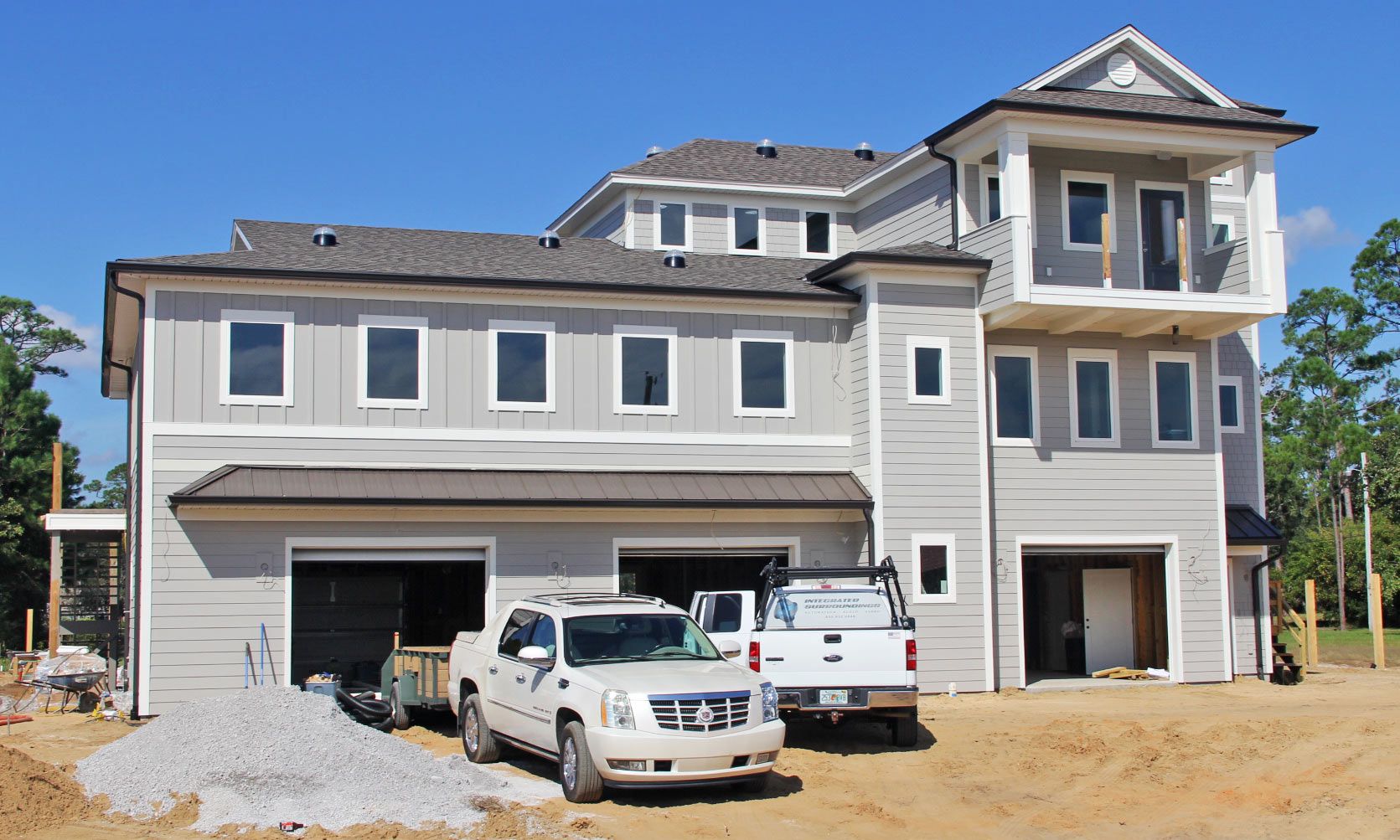
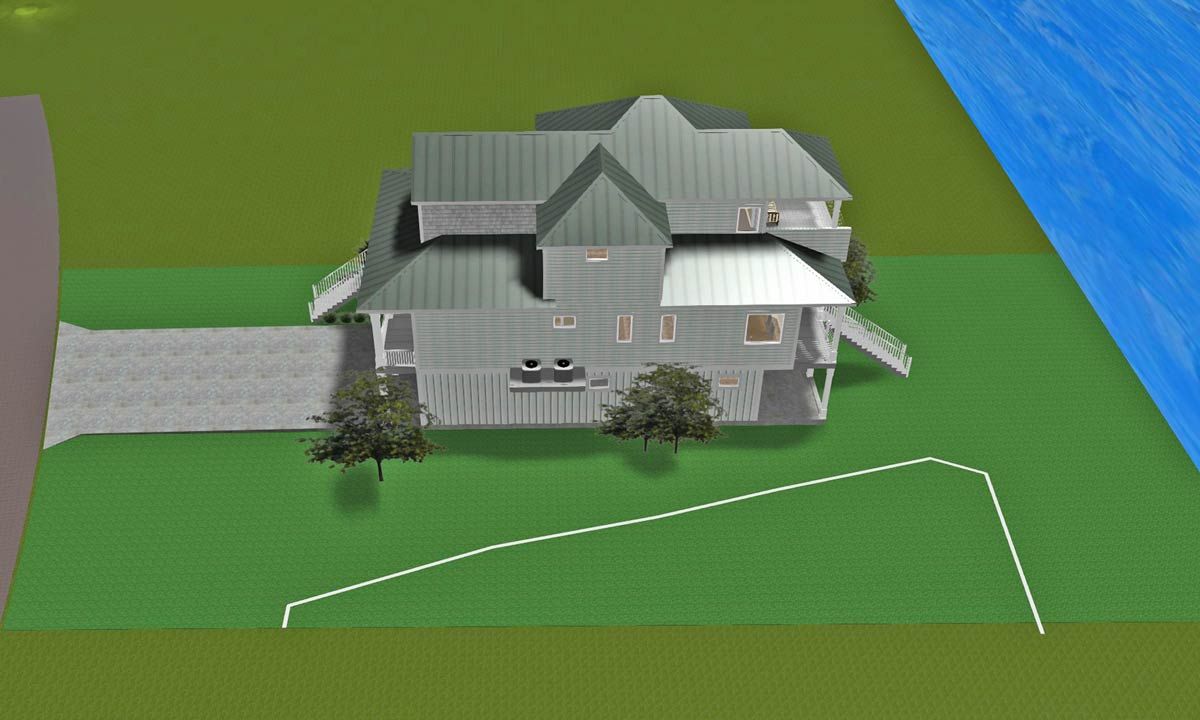
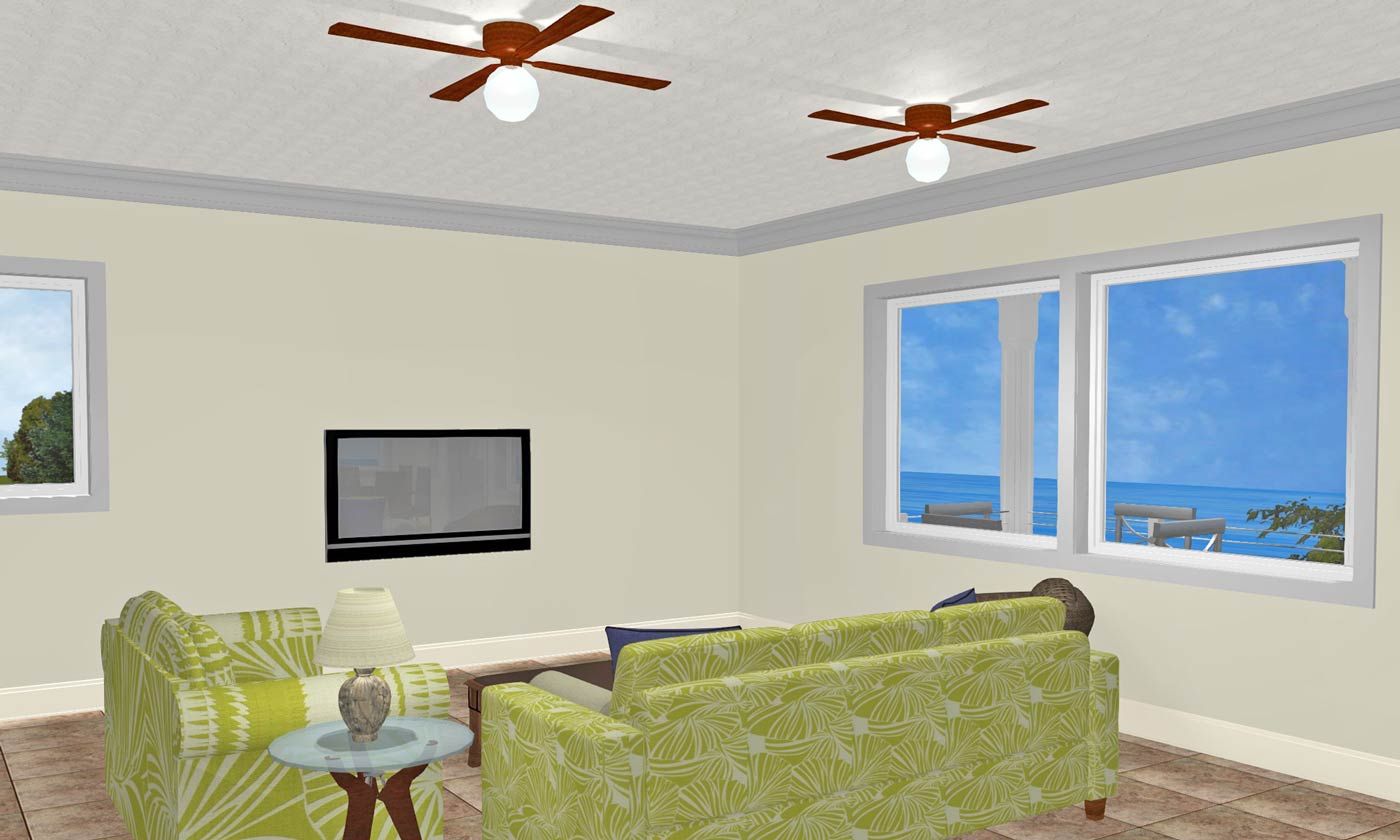
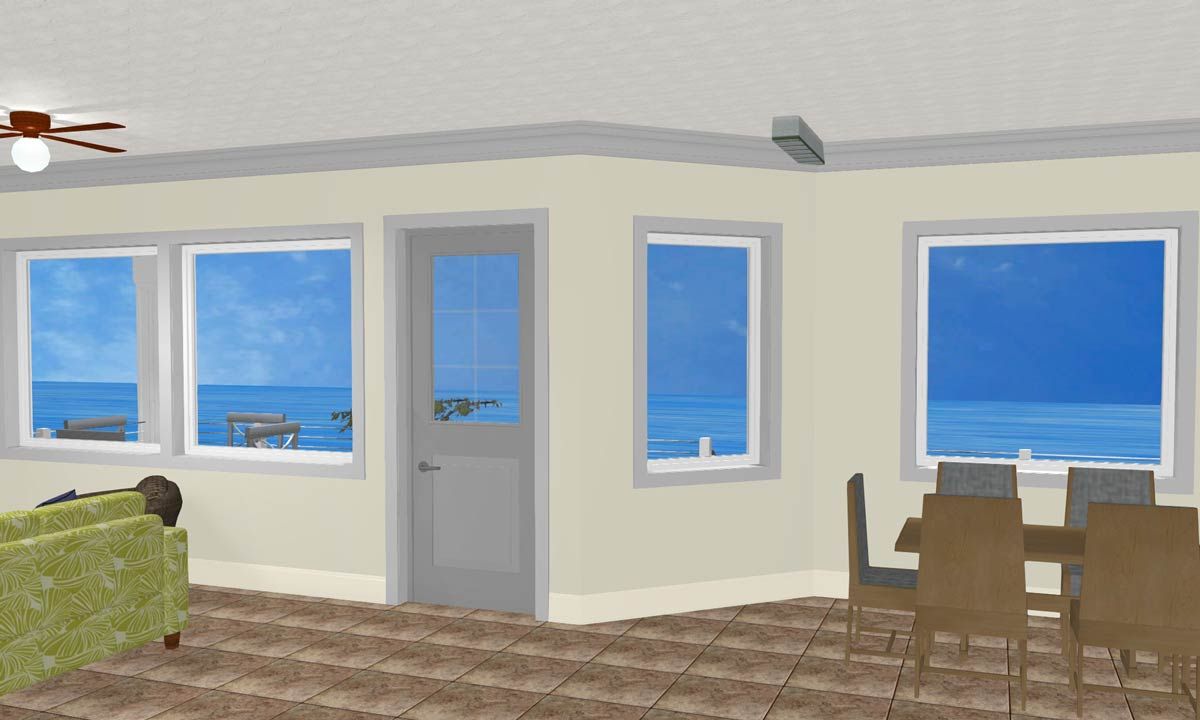


Master bedroom on the 3rd floor.
Master suite porch.
Les gettin busy on the front stairs.
Kellee Payton putting a little TLC on the front stairs.
Billy installs trex decking on the back porch. The Cammo tool he's using allows him to set the screws at an angle so they don't show on the surface but you can still remove them in case you have to replace a deck piece.
Darin floats out the porch deck coating.
Ryan installing the wood flooring on the 3rd floor.
Exterior trim coming together. Silva making sure everything is straight, level, and plumb.
Chris and Robbert trowl the stucco finish coat onto the front CMU columns.
Wellington and Manny install the front porch crown.
Victor installs copper flashing around the columns.
The 2014 building code requires homes to test at minimum 5 air changes/hour @ 50 pascals of vacuum. Unfortunately for current home buyers, the implementation of that requirement was pushed back to 2016. We tested at 1.34 ACH50 at framing, 4 times tighter than required! Acorn Fine Homes is one of the very few builders that conduct air leakage tests on their homes. No other builders test at the framing stage that I am aware of. We test at framing to verify an air tight thermal envelope. Testing at the end is like locking the barn door after an undermined number of animals have already left.
Ground floor garage walls are all concrete masonry units filled with concrete to minimize flood damage.
The ground floor garage is designed to allow storm surge flood waters to flow through opposing garage doors to minimize damage. This is called a flood-through design which allows flood waters to pass through instead of knocking down blowout walls. This will result in far less damage than having to repair blow out walls on a typical piling home after a storm surge.
JP, making sure things are done right.
The ground floor garage is designed to allow storm surge flood waters to flow through opposing garage doors to minimize damage. This is called a flood-through design which allows flood waters to pass through instead of knocking down blowout walls. This will result in far less damage than having to repair blow out walls on a typical piling home after a storm surge.
Laying up the garage block walls. We're using block walls to minimize damage during a storm surge.
Laying in #5 horizontal rebar half way up the wall to add lateral strength.
Checking the corners for plumb.
Finishing the concrete where it steps down for the back porch. Note the recessed sections where the garage doors will set down to minimize hard blowing rain from getting inside the garage.

















